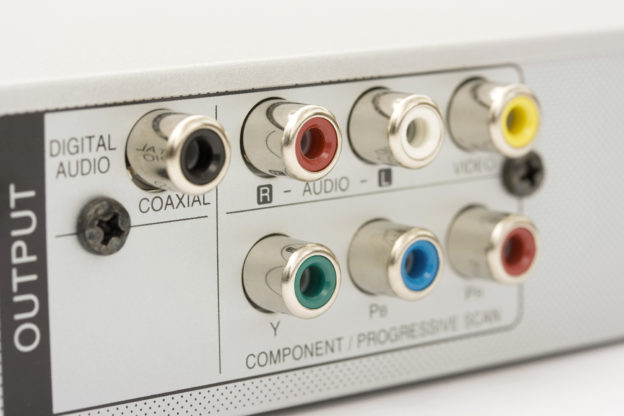Have you experienced poor sound quality during a conference call? Have you ever been in an important video conference and the display fails?
Not only is this an inefficient use of labor, but also an unprofessional look for your company. Industry experts attribute 36 percent of dropped calls to inferior equipment.
The solution is to invest in a new conference room audio video system. Read on to learn how to choose the best audio visual system for your communication needs. Explore consumer strategies to help select an effective system at a good value.
Set a Budget
Don’t start shopping without a budget in mind. The budget dictates what kind of technical performance that you can afford.
There are certain characteristics that drive the price of the audiovisual system. For example, the number of phone or video connections that the system is capable of hosting is a cost driver.
Display Quality and Camera Capability
One of the key components of an audiovisual system is the camera. There are many technical variables that go into purchasing a camera.
For starters, do you require a dynamic camera with pan-tilt range? Or does your business only require a still camera that does not scan the room?
Image resolution is another technical specification that is important to consumers. This is true for both cameras and projectors.
Some consumers need a camera with significant zoom capability depending on the size and function of the conference room.
Sound Quality
Clear and uninterrupted sound is even more important than a nice picture. Nothing ruins the effectiveness of a phone conference quite like a sound lag or unprompted interruptions.
One key is to purchase high-quality speakerphones for the conference room. Look for technical specifications such as volume capability and microphone radius.
Depending on the size of the conference room, you may require additional microphones. If the conference room is large, some phones integrate mobile microphones that extend to opposite sides of the room.
Speakerphone Mobility
A technological advancement that has occurred in recent years is the portable speakerphone. You are no longer bound to a conference room by a power cord and phone jack.
Instead, there are modern options available are battery powered. These units can hold a charge up to 10 hours.
These speakerphones offer both Bluetooth and USB connectivity. They are also compatible with Apple and Android mobile devices.
Other Important Features for an Audio Visual System
In addition to the primary components, businesses look for a few other features when shopping for audiovisual equipment. A remote control to operate the entire system, for instance, is a popular accessory.
Another increasingly popular feature is called screen sharing software. This allows users to see the presenter’s desktop and whatever applications are open.
Wrapping It Up
Audiovisual equipment is critical to meeting efficiency and productivity. Make certain to shop for a system that meets your business needs, whether it is image resolution or volume capability.
If you enjoyed this article about shopping for an audio-visual system, check out our blog for other great pieces.

